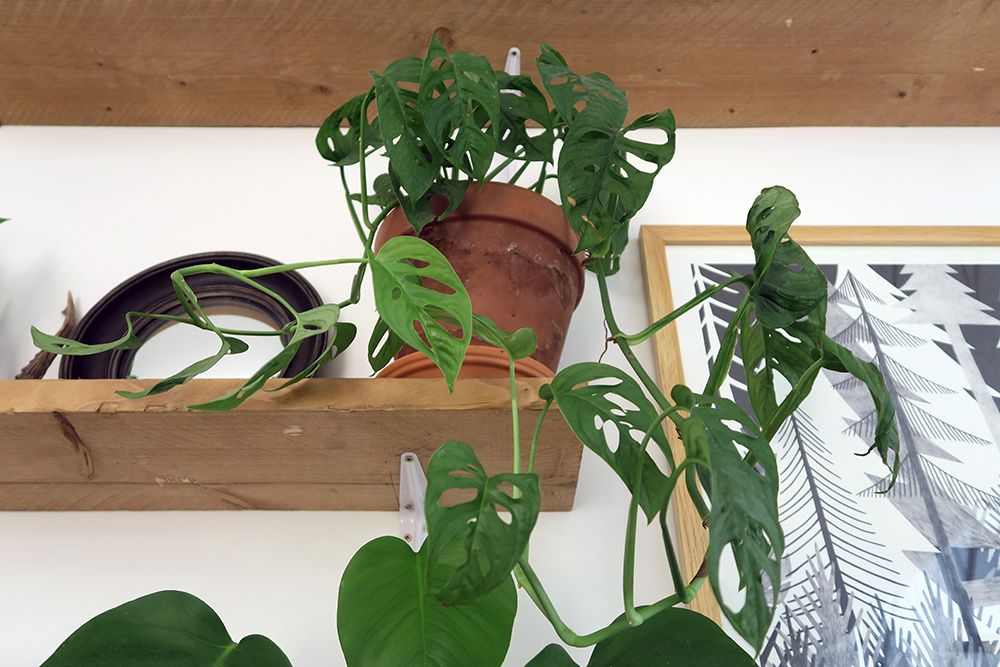Here are my best three herb garden plants. That is, assuming you are essentially gardening for culinary herbs. With this rundown close by on your most memorable outing to the nursery, you will undoubtedly have outcome in tracking down what works in your yard and decisions that will work well with your taste buds.
- Basil
Basil is the best herb for pesto, no doubt. Its leaves have a warm and zesty flavor. You want to add a modest quantity of this brilliant herb in such dishes as soups, mixed greens and sauces as it were. Basil is likewise specific fit, coincidentally, to prepare anything dish with tomato seasoning. Feel free to basil to improve the kind of your meat, poultry or fish. You might in fact add it to your morning breakfast omelet.
You will need to begin your basil plants from the get-go in the spring, ideally in a nursery or a sun-doused windowsill. Right off the bat in the late spring transfer this herb to your garden. Or on the other hand, assuming you have the boldness, plant basil seeds straightforwardly into her garden right off the bat in the spring. Or then again you might need to take a stab at the two techniques, in the event those seeds do not get.

- Chives
Who does not cherish a few new chives on a hot, recently prepared potato? On the off chance that you are as distraught about this herb as me, you have previously seen that chives have a gently onion taste. This makes them a fantastic expansion to plates of mixed greens, any egg and cheddar dish, cream cheddar, sandwich spreads and sauces. Also, goodness, coincidentally, do not confine chives to simply the prepared potato. Taste how in adds a little punch to your pureed potatoes too. In the event that you anticipate developing chives from starter plants, you will need to get these into your garden in the late-winter. Furthermore, you will need to give these plants a lot of room. My proposal is to establish them a decent 9 to 12 creeps from one another. On the off chance that you intend to establish the chives seeds, plant them in the fall or the spring, burrowing down a decent half inch and setting the seeds in columns that are separated around 12 inches separated.
- Coriander
Presently here’s a flexible herb. Its adaptability is perfect to such an extent that various pieces of this plant are known as various herbs. Plant Collector dried seeds to involve them in your meats, similar to veal, ham or pork? You are utilizing coriander. Utilizing the passes on to add to a few Indian or Asian dishes? You are really utilizing cilantro. what is more, obviously you can involve the underlying foundations of coriander too. In the event that you cannot utilize them immediately, do not concern you can freeze these. They can be utilized to season soups. Or on the other hand cleave the roots and present with avocados. You will see this as flavorfully awesome. Indeed, even a fledgling herbalist ought to have no issue developing coriander from seeds. Plant these seeds in the late-winter. Dig an opening about ¼ inch top to bottom. Plant them in columns that are just about a foot separated. When the seedlings show up, you will need to thin them down some, ensuring they are no less than 6 crawls from the other.